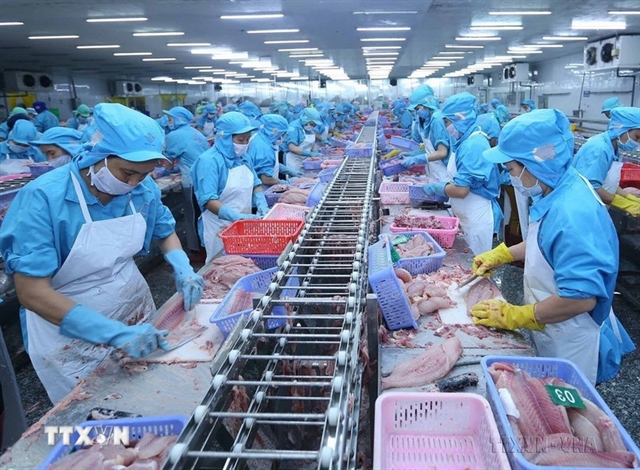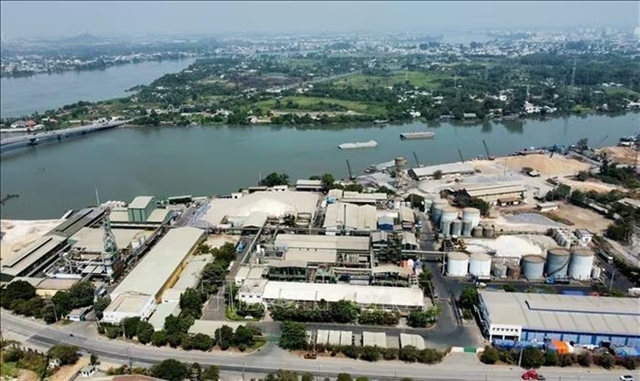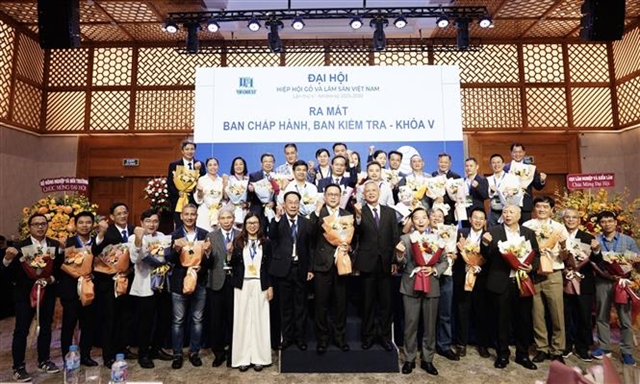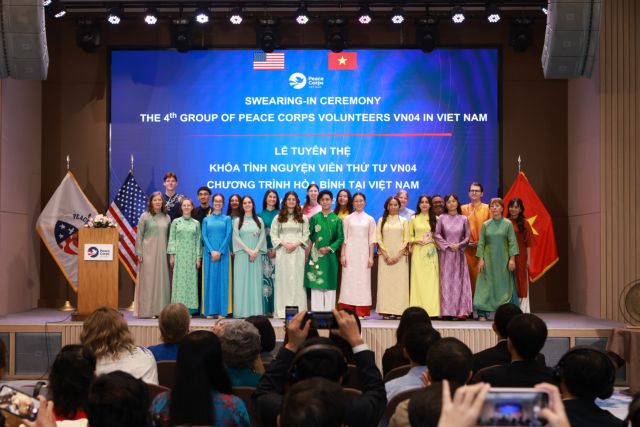 Society
Society

 |
| The modern appearance of Hà Nội's new rural areas today. — Photos courtesy of Hà Nội Department of Agriculture and Environment |
HÀ NỘI — On September 25, Hà Nội will hold a grand ceremony to announce the completion of its New Rural Development Programme.
This is not only a milestone for the capital city but also a significant landmark in Việt Nam’s broader development journey: from a traditional agricultural nation steadily moving toward industrialisation and modernisation, while still preserving the essence of its countryside.
For many foreigners, Hà Nội is synonymous with the Old Quarter, Hoàn Kiếm Lake or bustling streets. Yet behind this urban image, more than 70 per cent of the capital’s land area is rural, home to millions of farmers.
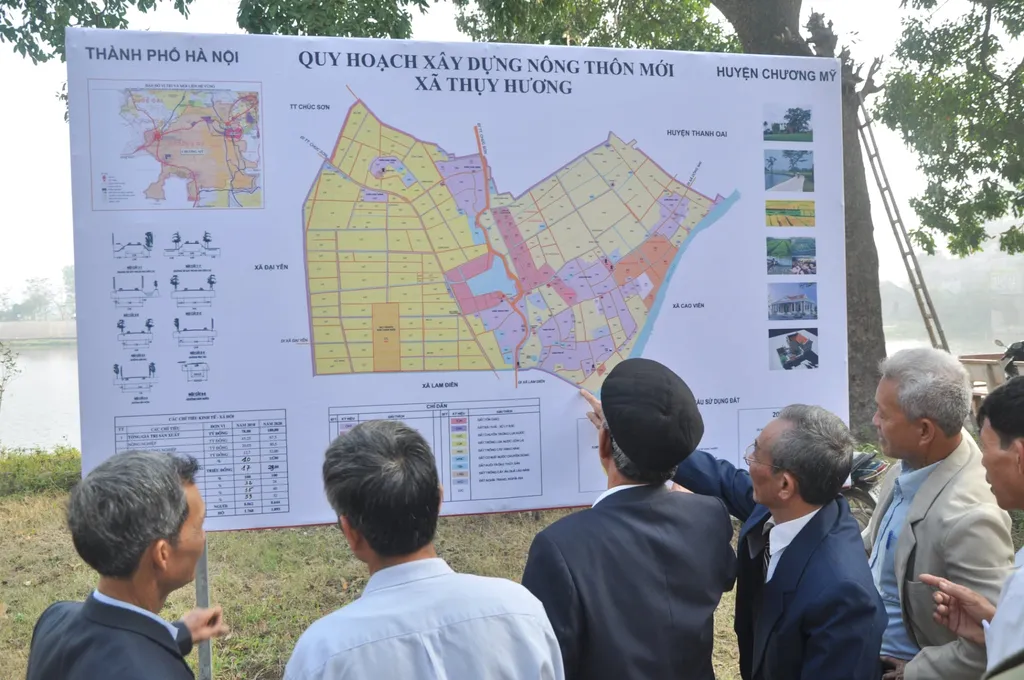 |
| New rural development planning in Thụy Hương Commune (now Chương Mỹ Ward), Hà Nội. |
This vast countryside forms the 'soul' of Hà Nội, a place that embodies cultural traditions, craft villages and the vitality of Việt Nam’s agricultural economy.
Fifteen years ago, when the New-Style Rural Development Programme was launched, Hà Nội’s rural areas faced bleak conditions: per capita income stood at only VNĐ13 million (around US$520) per year, poverty rates exceeded 11 per cent, infrastructure was deteriorating and agriculture remained fragmented.
Today, however, Hà Nội has emerged as a national leader in building modernised rural communities, including advanced and exemplary models.
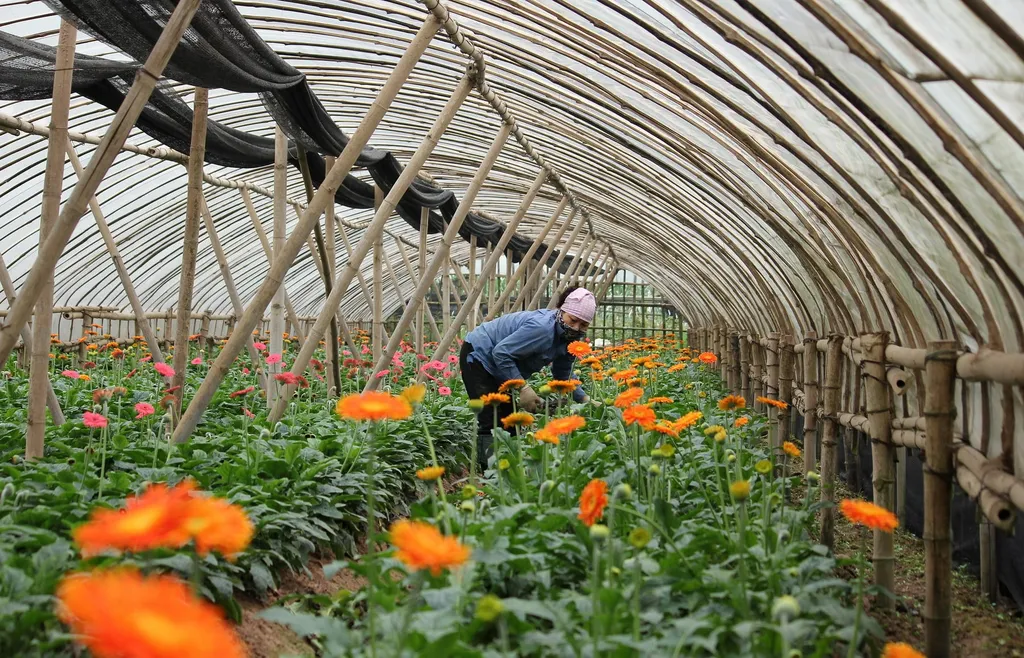 |
| Residents of Yên Sở Commune (now Yên Sở Ward) shift crop structures to improve production efficiency as part of Hà Nội’s new rural development programme. |
2011-2015: A modern land reform
The most important breakthrough during this period was the land consolidation policy. For international readers, this can be understood as a large-scale restructuring of farmland, merging small scattered plots into larger fields to enable mechanisation and commercial farming.
Before 2011, each farming household in Hà Nội typically owned between seven and 39 tiny, scattered plots. This made the use of machinery and scientific methods nearly impossible.
Within just three years, Hà Nội successfully consolidated farmland, reducing it to only one or two plots per household. As a result, large-scale fields were created, paving the way for high-tech agriculture.
The leftover land from this consolidation was allocated for schools, roads and public facilities or auctioned to generate resources for rural development.
This bold policy not only restructured farming practices but also built a strong foundation for rural social progress.
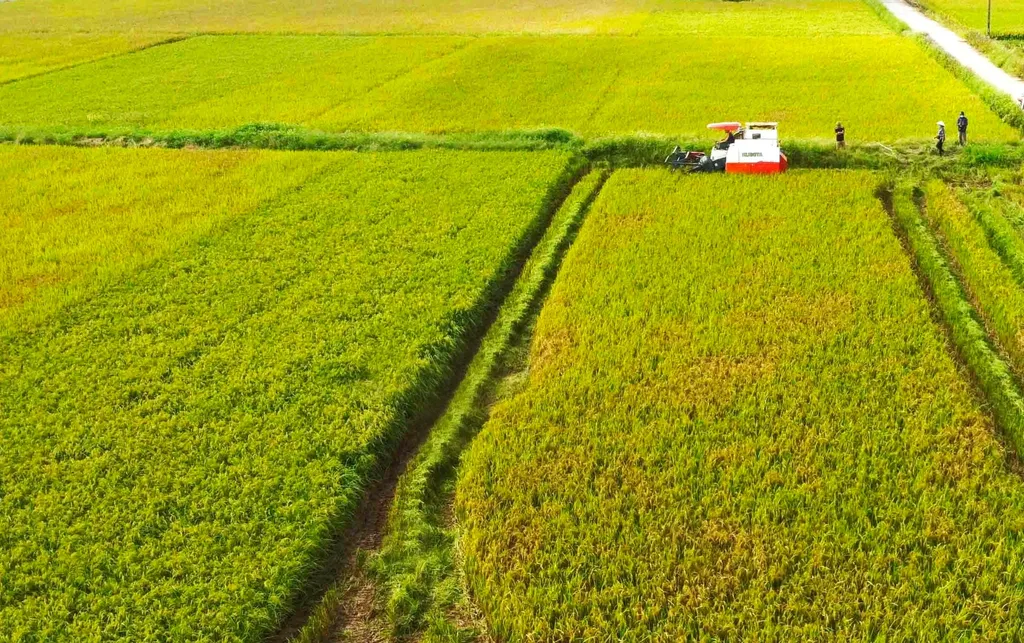 |
| Hà Nội’s agriculture sector implements mechanisation in rice production, contributing significantly to new rural development by increasing productivity, reducing labour and moving toward modern, sustainable agriculture. |
2016–2020: Comprehensive breakthroughs
The next stage brought new challenges: 185 communes had yet to meet the national rural development standards, mostly in remote areas, struggling with difficult criteria such as schools, environment, culture and income.
Hà Nội responded with decisive investment in rural infrastructure. Village roads, schools, health clinics, cultural houses, irrigation systems, electricity and clean water facilities were built simultaneously.
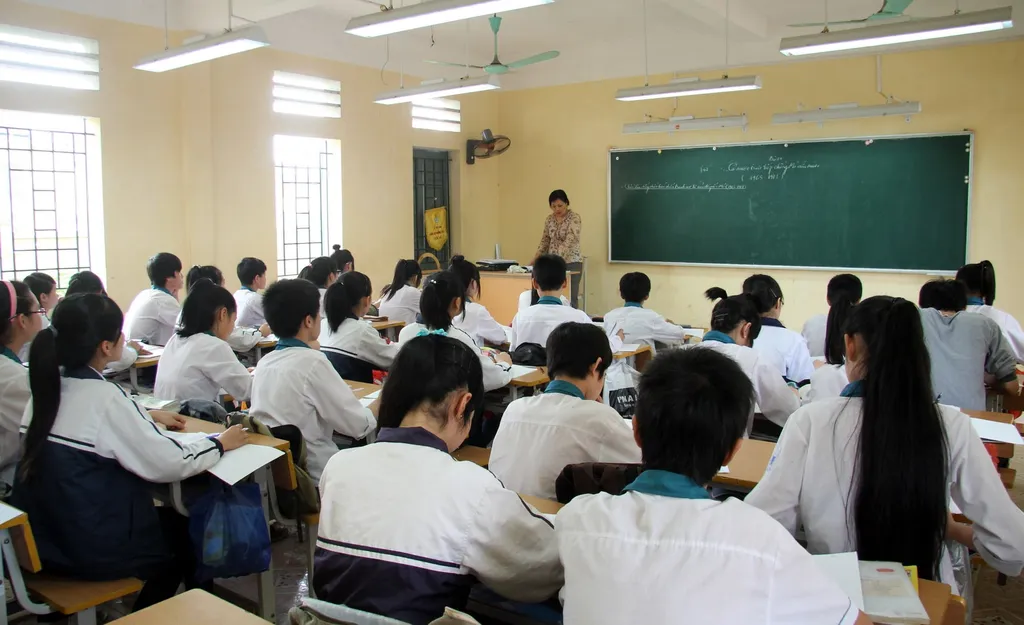 |
| During 2016–2020, Hà Nội focused on comprehensively upgrading rural infrastructure. Village roads, schools, health clinics, cultural houses, irrigation systems, electricity and clean water facilities were all invested simultaneously. |
Agriculture shifted toward high-tech models and value-chain linkages. This was also the beginning of the 'One Commune, One Product' (OCOP) programme, designed to encourage each locality to create signature products, boosting economic growth and brand identity.
The results were impressive: by the end of 2020, rural per capita income had reached VNĐ55 million (about $2,200), more than quadrupling in just a decade.
Over 90 per cent of communes met rural development standards, while several districts achieved full recognition. The transformation was evident not only in economic indicators but also in everyday life: paved roads, modern schools, community cultural centers and richer social activities.
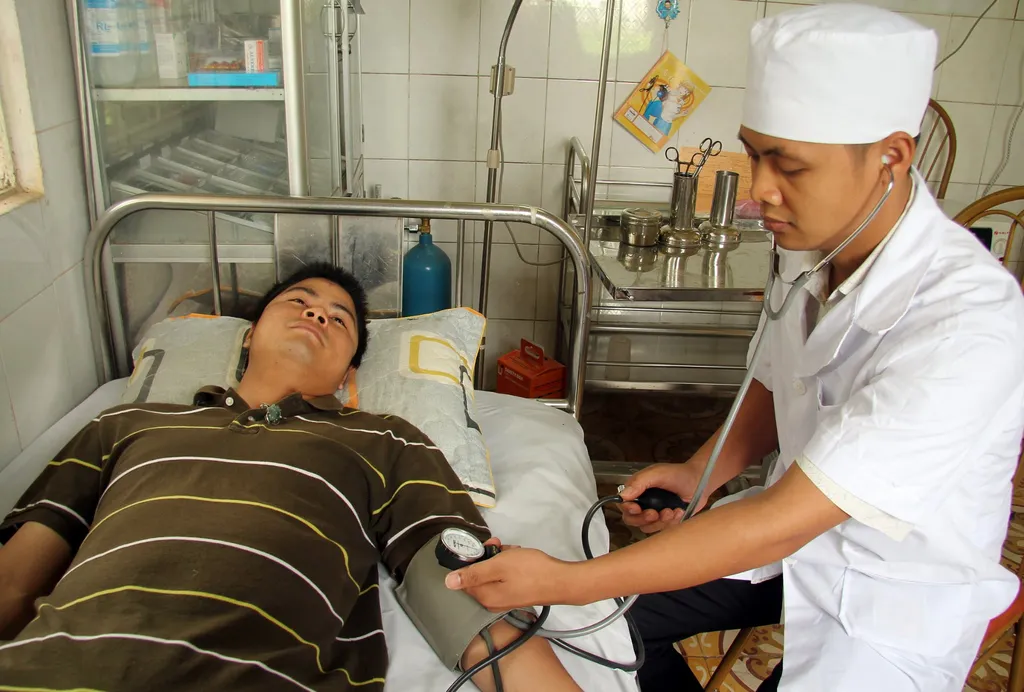 |
| During 2016–2020, Hà Nội focused on comprehensively upgrading rural infrastructure. Village roads, schools, health clinics, cultural houses, irrigation systems, electricity and clean water facilities were all invested simultaneously. |
2021–2025: Toward exemplary rural communities
On March 17, 2021, the Hà Nội Party Committee issued Programme No.04, setting a new goal: building advanced and exemplary new rural communities aligned with urbanisation and sustainable development.
Just four years later, Hà Nội reached the finish line one year ahead of schedule.
By 2024, 100 per cent of its communes met rural development standards, including 229 advanced communes and 109 exemplary ones. Six districts achieved advanced-level recognition.
Hà Nội also became the national leader in the OCOP programme with more than 3,400 certified products – over 21 per cent of Việt Nam’s total. Agricultural and forestry exports exceeded $2 billion, including $1.46 billion from food and agricultural products alone.
Most importantly, the development mindset fundamentally shifted: from mere agricultural production to agricultural economics.
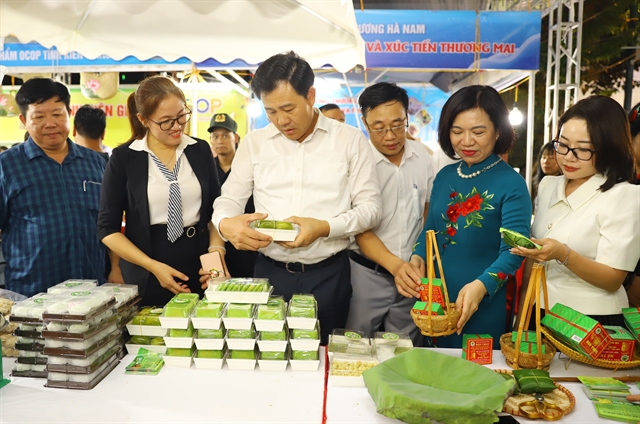 |
| Nguyễn Xuân Đại, Director of Hà Nội's Department of Agriculture and Rural Development (now Department of Agriculture and Environment), and delegates attending the OCOP product promotion event linked with the culture of northern mountainous provinces at Trịnh Công Sơn Walking Street, Hà Nội. |
Today, Hà Nội boasts more than 1,350 craft villages, nearly 200 of which earn between $400,000 and $2 million annually.
Two iconic villages – Bát Tràng Pottery and Vạn Phúc Silk – have been recognised as members of UNESCO’s Creative Cities Network.
Look ahead
In many countries, rural areas are left behind in the process of urbanisation. Hà Nội, however, has chosen a different path: transforming its countryside into a driving force for development, closely linked to urban growth and global value chains.
In just 15 years, Hà Nội has proven that with political will, sound policies and public participation, rural areas can not only overcome poverty but also evolve into hubs of innovation, cultural preservation and economic growth.
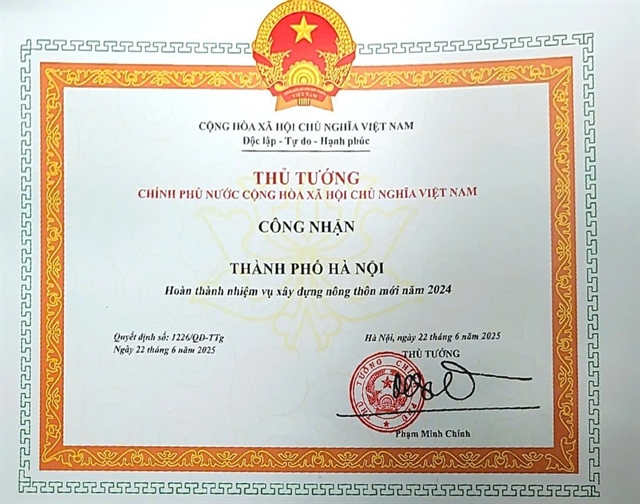 |
| On June 22, 2025, the Prime Minister signed Decision No.1226/QĐ-TTg, recognising Hà Nội’s completion of the new rural development programme for 2024. |
This journey also conveys an important message to the world: Việt Nam’s progress is not limited to its major cities. The country is committed to revitalising and modernising its countryside – the cradle of its culture and identity.
The achievements of the past 15 years are only the beginning. Ahead lie new challenges: adapting to climate change, embracing digital transformation and preserving cultural identity amid globalisation.
But with a strong foundation and demonstrated success, Hà Nội’s rural areas are poised to enter a 'new era' of prosperity, happiness and sustainability. VNS
Key figures
- Hà Nội’s total area: 3,359sq.km, more than 70 per cent rural land.
- Rural per capita income: VNĐ13 million per year (2010) → VNĐ55 million per year (2020).
- Poverty rate: 11.25 per cent (2010) → 0 per cent (2022–2025, multidimensional poverty standard).
- 100 per cent of communes meet rural development standards; 229 advanced communes; 109 exemplary communes; six districts certified as advanced new rural areas.
- 3,400 OCOP products, accounting for 21 per cent nationwide.
- $2 billion in agricultural and forestry exports in 2024.
- 1,350 craft villages, nearly 200 generating annual revenue of $400,000 to $2 million.
The article is published under the coordination of the Coordination Office of the New-Style Rural Development Programme in Hà Nội.

